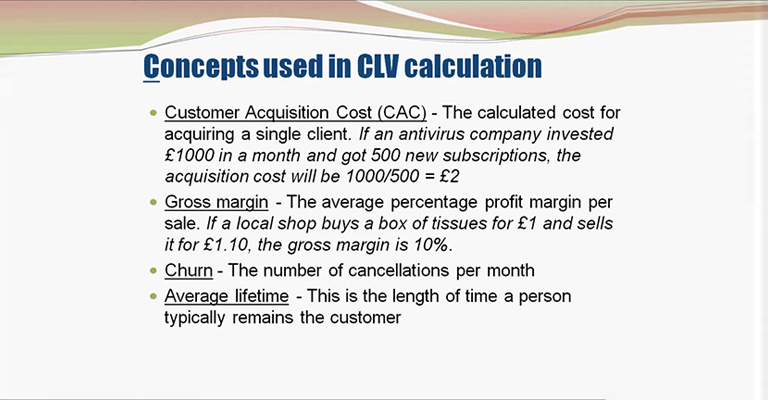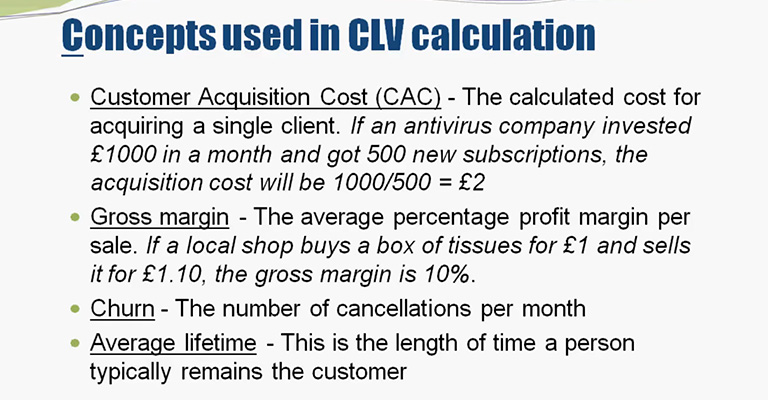Honda CLV, or Calculated Load Value, is a value used in engine tuning to measure the load on an engine at any given time.
It is calculated using various sensor inputs such as throttle position, engine RPM, and air intake temperature. The CLV value is used as a reference point to determine how much load the engine is under and how well it is performing.
Understanding and utilizing CLV information is essential for optimizing engine performance and preventing potential engine damage.
It can help identify issues such as lean air-fuel ratios, overloading the engine, or other problems that can lead to engine failure.
By monitoring CLV and making adjustments as needed, engine tuners and performance enthusiasts can ensure that their engines are running at peak performance and longevity.
Additionally, CLV information can also be used to fine-tune the engine and extract more power from it.

Understanding CLV (Calculated Load Value)
Definition and purpose
CLV, or Calculated Load Value, is a value used in engine tuning that calculates the load on an engine at any given time. It is mainly used for OBDII (On-Board Diagnostics II) compatibility.
It is calculated using various sensor inputs such as throttle position, engine RPM, and air intake temperature.
The CLV value is used as a reference point to determine how much load the engine is under and how well it is performing.
It can also be used to identify potential engine damage or problems that can lead to engine failure.

Factors that affect CLV
There are several factors that can affect CLV, including throttle position, engine RPM, air intake temperature, and air-fuel ratio.
Additionally, changes in engine modifications, such as adding a turbocharger or supercharger, can also affect CLV.
Understanding these factors and how they impact CLV is essential for optimizing engine performance.
How to Read and Interpret CLV Values
CLV values can be read and interpreted using a diagnostic tool, such as Hondata’s K-Pro, or through a third-party app such as Sdash.
The values will typically be displayed as a percentage, with 100% being the maximum load the engine can handle.
How to Use CLV Values?

Here how to use the CLV values
Determining engine performance
CLV can be used as a reference point to determine the overall performance of an engine. By monitoring the CLV value over time, you can get a sense of how well the engine is performing and if any adjustments need to be made.
If the CLV value is consistently between 80-90%, it is likely that the engine is running at peak performance.
However, if the value is consistently above 90%, it may indicate that the engine is being overloaded, and adjustments may need to be made.
Conversely, if the value is consistently below 80%, it may indicate that the engine is not being utilized to its full potential, and adjustments may need to be made.
Identifying potential engine damage
Monitoring CLV can also help identify potential engine damage.
As we said earlier – CLV value is consistently above 90%, it may indicate that the engine is being overloaded, which can lead to engine damage.
Additionally, if the CLV value is consistently below 80%, it may indicate that the engine is not being utilized to its full potential, which can also lead to engine damage.
By monitoring CLV, you can identify potential issues early on and make adjustments before they cause significant damage.
Additionally, CLV can also be used to fine-tune the engine and extract more power from it.
Wrapping Up
In short, Honda CLV is a powerful tool for engine tuning that can help optimize engine performance, prevent potential engine damage and fine-tune the engine for more power.
By understanding and utilizing CLV information, engine tuners and performance enthusiasts can ensure that their engines are running at peak performance and longevity.

Leave a Reply